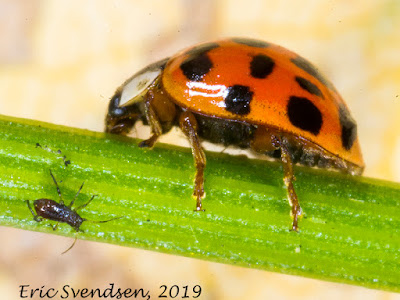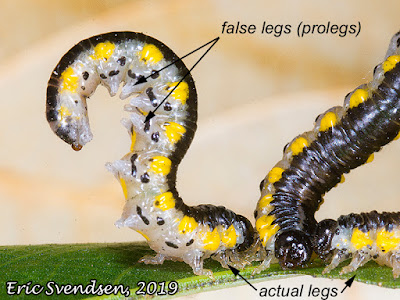Hover fly on daisy
 |
| Hover fly feeding on a daisy's pollen. |
This particular fly is not poisonous or dangerous at all. In fact, any animal which might catch it for food would end up with a healthy meal. The problem is that most animals would leave it alone. The reason is simple enough; the yellow and black pattern looks familiar. It happens to be the same pattern that yellow jacket wasps use.
The yellow jacket wasp is notoriously grumpy. They can rip flesh with their jaws and they have a powerful sting. The most impressive fact about yellow jackets though is that the stinger is not barbed; it can sting repeatedly without dying afterwards. A very upset wasp will bite on one end and sting with the other. All the while it walks along its suffering victim doling out pain. All it takes is one encounter with such a beast and any would be predator would want to leave them alone. In fact, anything yellow and black would be regarded with great suspicion.
This is called mimicry. The hover fly is a wasp mimic. There are quite a few different organisms which mimic wasps. A while back I found a moth emerging from a cocoon which was also yellow and black. These colours are meant to confuse the enemy. It works, not all the time, but enough to leave them undisturbed most of the time. The advantage us humans have over other species is that we can count. Two wings means fly, not wasp. If only we could reduce the adrenaline flowing through our brains giving us that same message the initiated share; the one that says, "Don't touch!"



Comments
Post a Comment